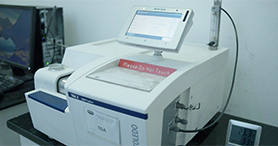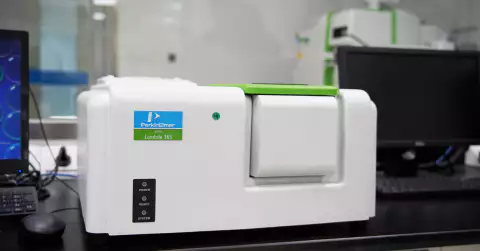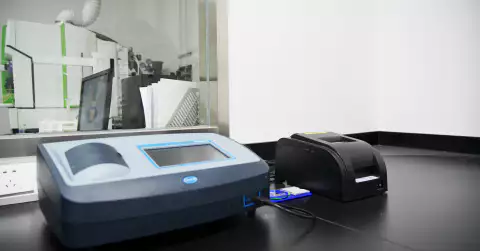



Business Inquiry
Global:
Email:marketing@medicilon.com
+1 (617) 888-9294(U.S.)
0044 7790 816 954 (Europe)
China:
Email: marketing@medicilon.com.cn
Tel: +86 (21) 5859-1500



Our Process Department employs the principle of QBD in API process development ,and strives to select the best route suitable for our clients, optimizing the API production process to improve product quality and manufacturing efficiency.
 Download
Download
 Service Cases
Service Cases
Medicilon assists Palaatu to obtain clinical approval for Class 1 new drug PA9159 for rhinitis

Guangzhou Magpie Pharmaceuticals was approved by NMPA to start the clinical trials of MN-08 with the help of Medicilon

Medicilon assisted Zhejiang Bolaatu Medical Technology Co., Ltd on PA1010 tablets with implied permission for clinical trials
 FAQs
FAQsIt needs to meet the quality requirements of laboratory scale, safety, pilot, and clinical batches, with appropriate attention to yield and process fluency.
1. Literature research, patent evaluation report.
(1) Gather as much relevant publicly available information as possible.
(2) Design multiple possible synthesis routes.
(3) Evaluate potential intellectual property risks associated with each synthesis route.
2. Select a synthesis route and design reactions
(1) Finalize the design of each reaction step, evaluating profiles, impurity spectra, yield, and quality based on accumulated knowledge.
(2) Finalize post-treatment designs, including quenching, purification, filtration, and drying.
(3) RFT (Right First Time).
3. Process optimization.
(1) Compare pre- and post-optimization results, identifying "key process points.""
(2) Drafting of preliminary quality standards for starting materials and intermediates.
4. Impurity spectrum study.
(1) A comprehensive study is not required.
(2) There should be an overview of the major impurities.
5. Analysis of the reaction mechanisms.
(1) Analyze the reaction mechanism of each step to control side reactions.
(2) Optimize conditions favoring primary reaction.
• DOE and Parallel reaction
Optimization of reaction conditions: reagent equivalent, temperature, concentration, reaction time, etc.
These methods can significantly improve the efficiency of condition optimization and quickly achieve optimal conditions.
• Destructive test (Stress test)
It is essential to do destructive tests for laboratory-scale batches, including the stability of starting materials, intermediates and products.
After the initial optimization of the process, it tests the applicable scope of the process.
• The Spiking experiments
Verification of process performance, such as assessing the reasonableness of specification settings and the capability to remove impurities.
 Relevant laboratories
Relevant laboratories
















